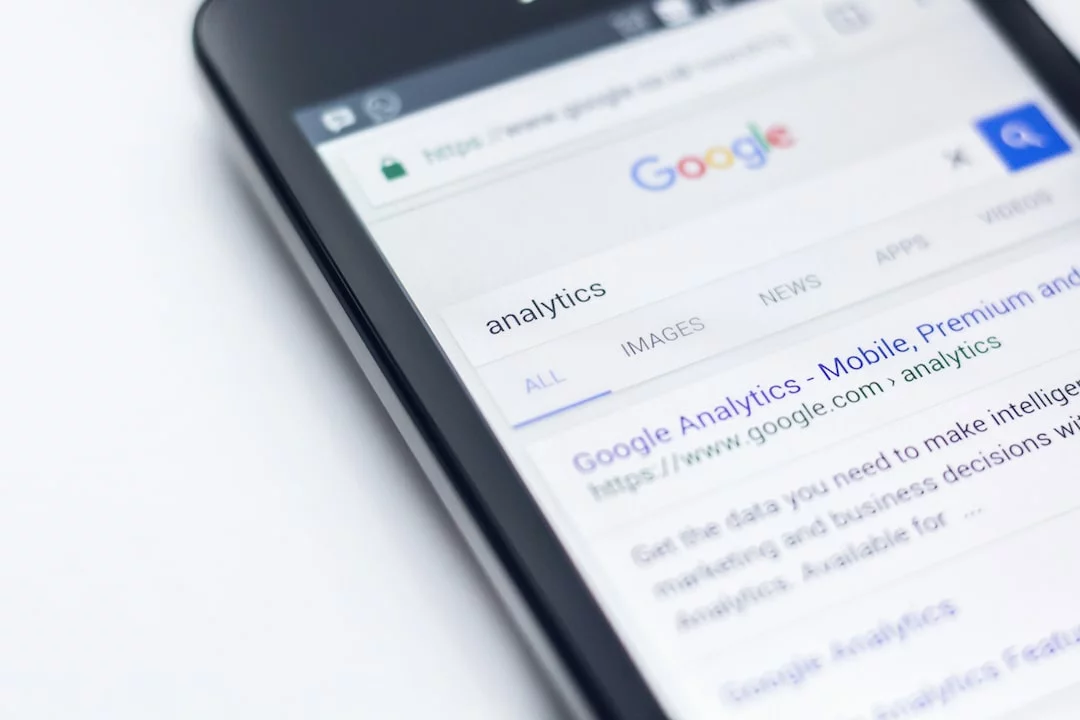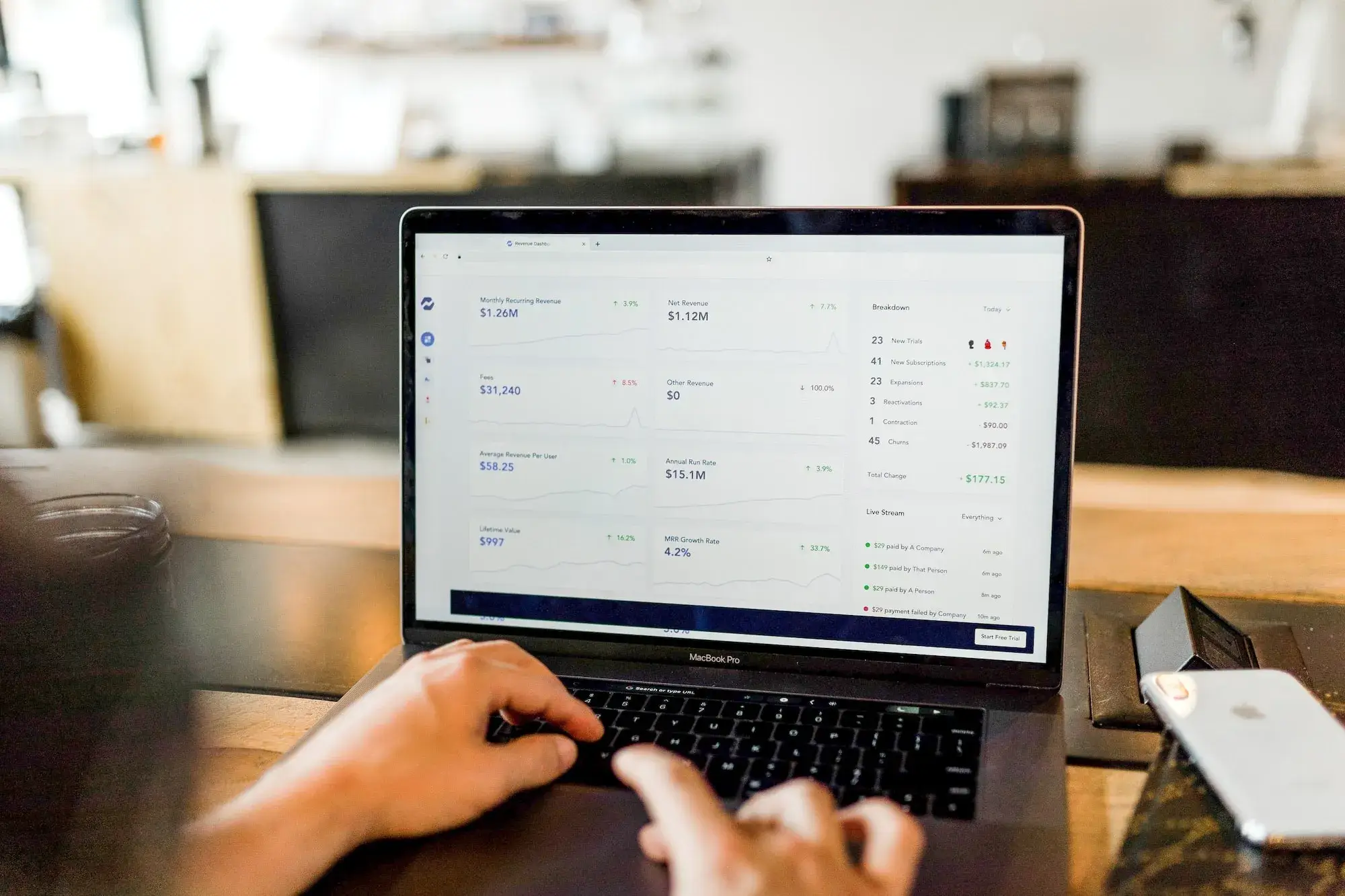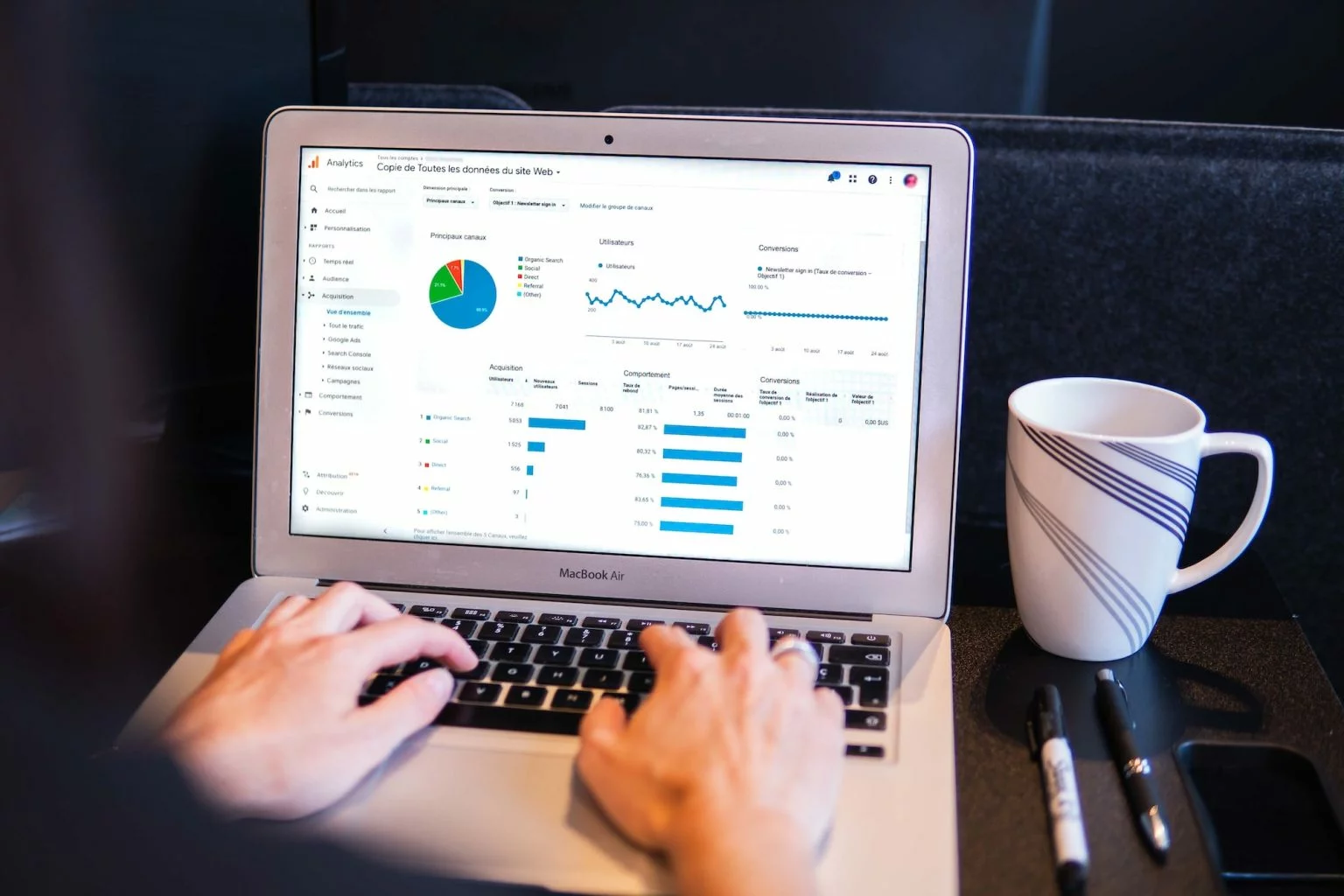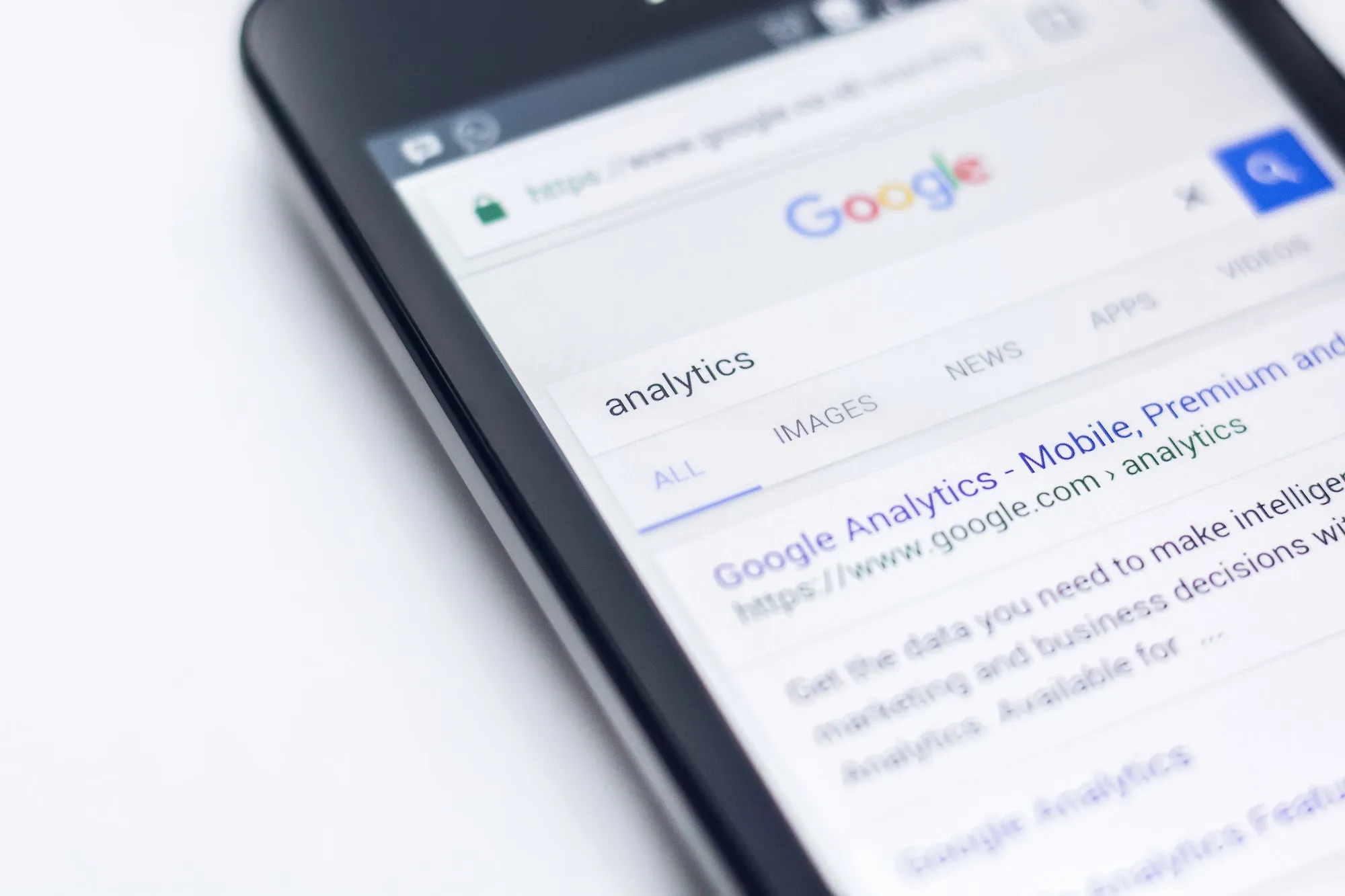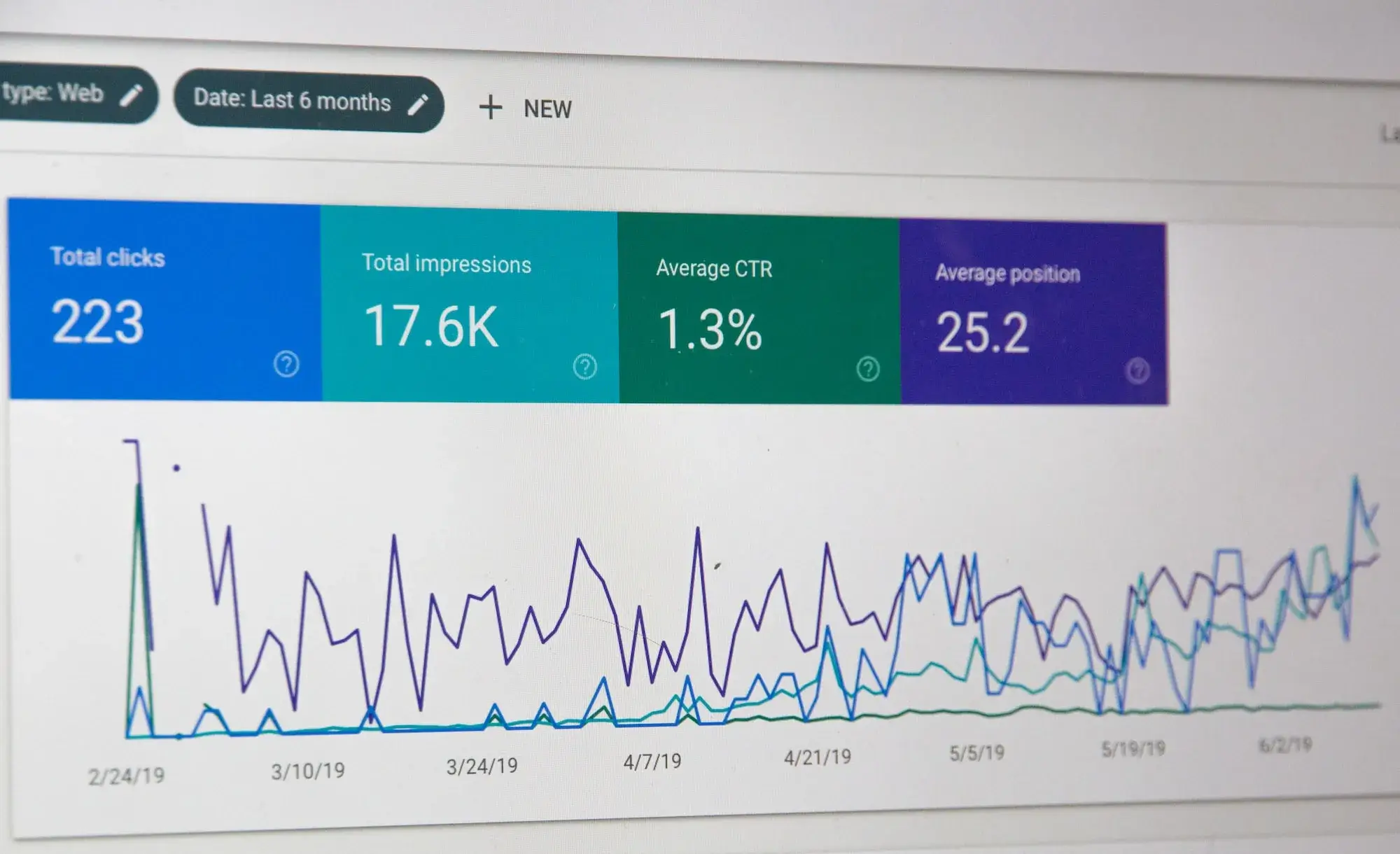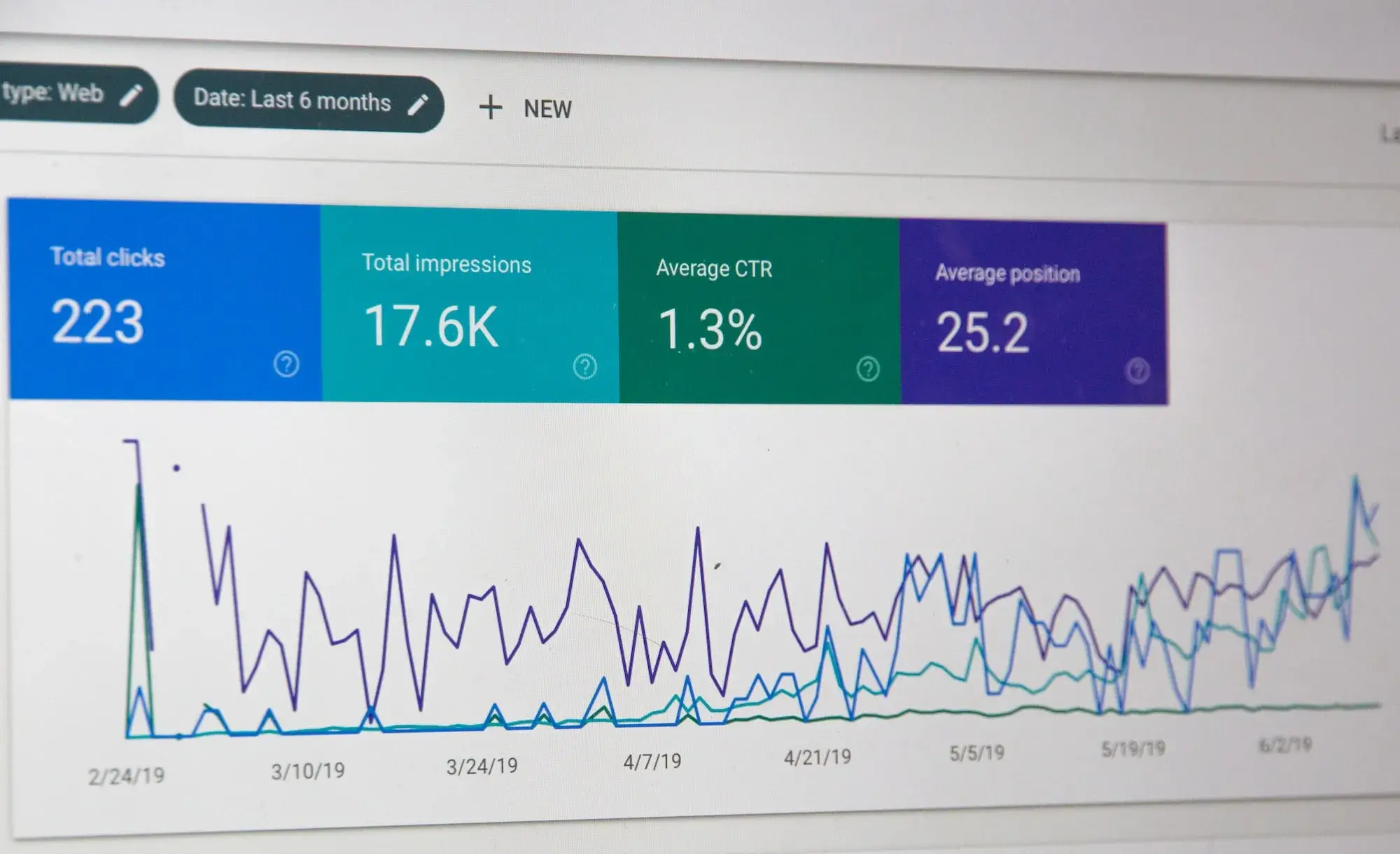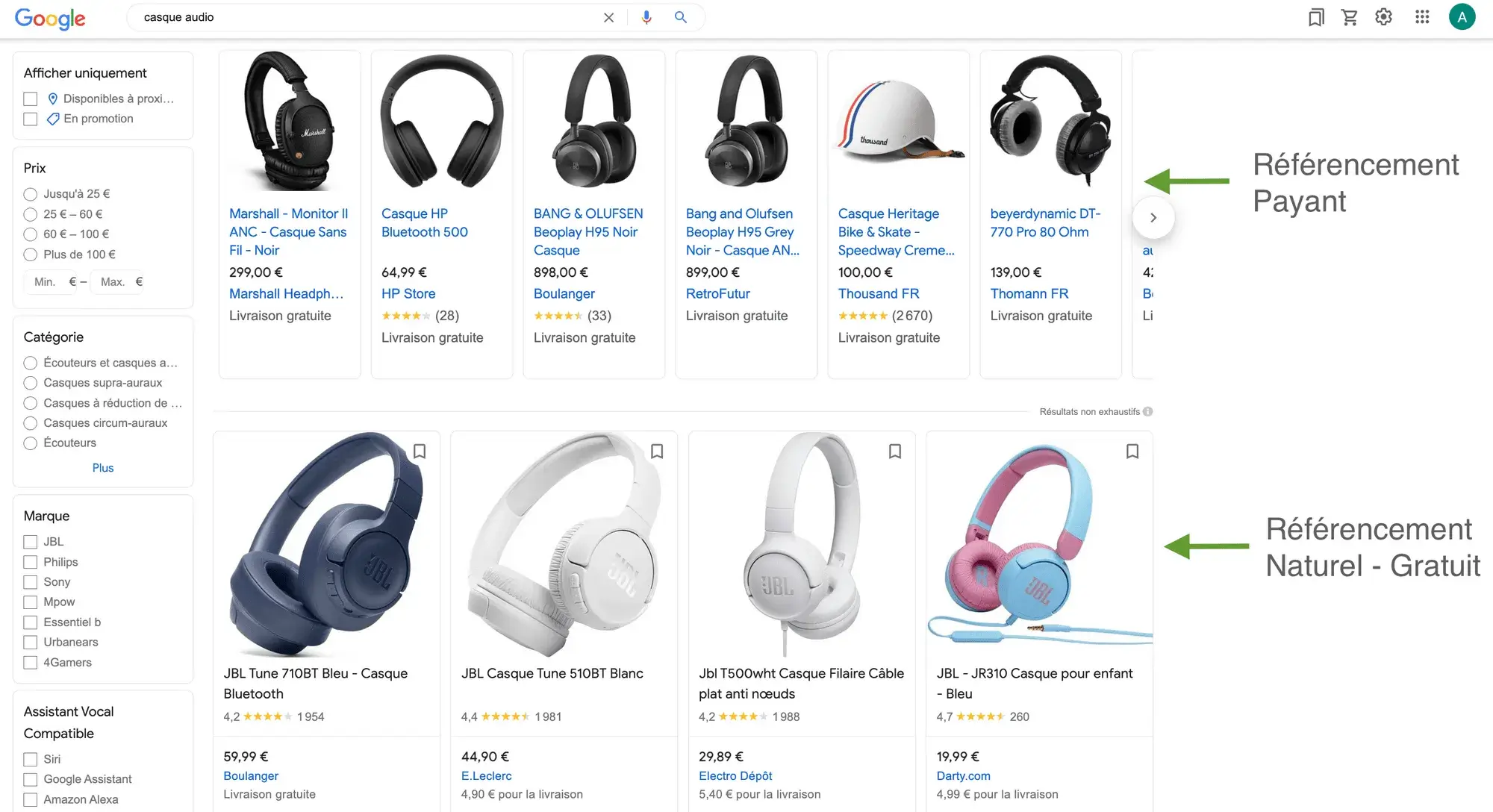The secrets of Google Analytics: the different attribution models and their functions
Discover what an attribution model is and the secrets to choosing the right one for your E-Commerce business. “Analytics Secrets” is a series of articles giving you our advice on optimizing your Analytics account and analyzing your website data.
What is an attribution model?
An attribution model is a model that distributes the relative influence of each traffic source for a given objective. In e-commerce, it determines which traffic sources have led to a sale. Using a relevant attribution model allows you to optimize your Google Ads strategy.
We also recommend that you read our study on Attribution of e-commerce sales by acquisition channel.
The 7 main attribution models.
All traffic sources together account for 100% of attribution points. Depending on the attribution model used, this 100% is allocated differently:
Last interaction: the last source of incoming traffic gets 100% of the credit.
⇒ First interactionThis is the 1st point of contact which obtains 100% of the points.
⇒ Last non-direct clickWhen direct attribution channels are removed from the equation, all points are awarded to the last indirect click.
⇒ Last click on a Google Adss: 100% of points are awarded to the last ad clicked on Google.
⇒ Linear allocationEach channel used by the visitor up to the point of sale shares the 100% equally.
⇒ Depreciation over timeAll traffic sources are taken into account, but the last ones score more points.
⇒ Position-based allocation1st and last contact points are awarded 40% of points each. The others share the remaining 20%.
⇒ Data-driven attribution: This attribution model uses Google Ads algorithms and actual performance data from your campaigns to determine how clicks on your ads contribute to conversions. Unlike other models, it’s dynamic and customized according to your account data.
How do you choose your attribution model?
The choice of attribution model depends on each company’s conversion tunnel.
Knowing your visitors’ behavior (sources of traffic, average time to conversion, etc.) enables you to decide which attribution model makes the most sense for your company.
In fact, it’s also necessary to set up more features in your account, such as the Google Analytics Conversion Funnel. Find out more in our article “How to set up conversion funnels in Google Analytics“.

